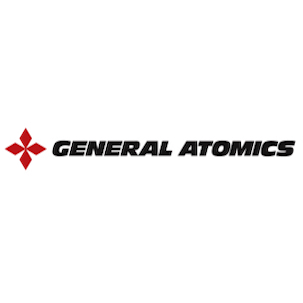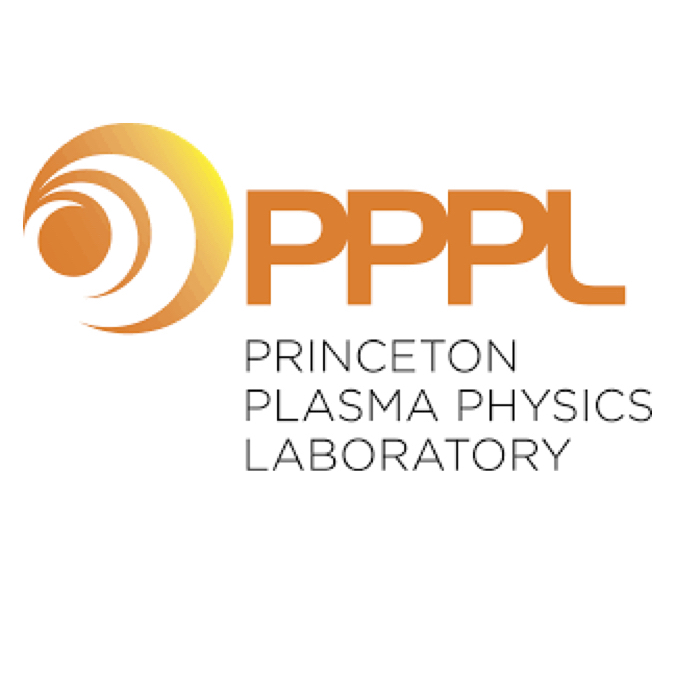Divertor-safe nonlinear burn control based on a SOLPS parameterized core-edge model for ITER
V. Graber, E. Schuster
Nuclear Fusion 64 (2024) 086007 (15pp)
|
Abstract
|

|
For ITER operations, the range of desirable burning-plasma regimes with high fusion power
output will be restricted by various operational constraints. These constraints include the
saturation of ITER’s various heating and fueling actuators such as the neutral beam
injectors, the ion and electron cyclotron heating systems, the gas puffing system, and the
deuterium–tritium pellet injectors. In addition to these actuator constraints, the H-mode power
threshold, divertor detachment, and the heat load on the divertor targets may apply limitations to
ITER’s operational space. In this work, Plasma Operation Contour (POPCON) plots that map
the aforementioned constraints to the temperature-density space are used to investigate which
constraints are most limiting towards accessing regimes with high fusion power output. The
presented POPCON plots are based on a control-oriented core-edge model that couples the
nonlinear density and energy response models for the core-plasma region with SOLPS4.3
parameterizations for conditions in the edge-plasma regions (scrape-off-layer and divertor).
Using this control-oriented core-edge model, a nonlinear burn controller, which aims to regulate
the plasma temperature and density in the core-plasma region, is constructed in this work. This
controller is augmented with an online optimization scheme that governs the control references
such that the plasma can be guided towards regimes with high fusion powers while protecting
the divertor targets from dangerously high heat loads. A closed-loop simulation study illustrates
the capability of this burn control scheme.








